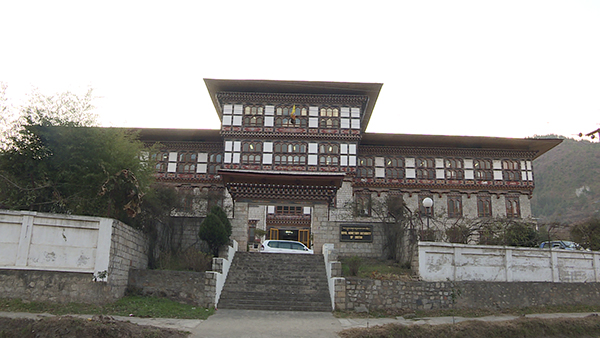 The World Bank is proposing around 200 recommendations to bring about radical changes in the country’s financial sector. Among others, it recommends allowing banks to compete for government deposits.
The World Bank is proposing around 200 recommendations to bring about radical changes in the country’s financial sector. Among others, it recommends allowing banks to compete for government deposits.
Today, the Bank of Bhutan has the largest public sector deposit base and enjoys 44 percent of market share in terms of total deposits.
The World Bank, in its first draft of the Financial Sector Development Action Plan recommends state owned enterprises to get competitive bids from more than one banks to compete for deposits.
It also recommends the government to place its deposits in more than one bank. This, the report states will particularly help banking institutions like the Bhutan Development Bank, which incurs losses as a result of priority lending in the agriculture sector.
One of its recommendations includes doing away with the present base rate system where lending rates are based on the cost of funds of individual banks. This allowed some banks to charge lower interest rates compared to other banks. The report recommends establishing a uniform national base rate system.
The World Bank also brands Bhutan’s financial sector as characterised by little innovation, inadequate competition and reluctance to engage in high risk priority lending.
The report asks the Druk Holding and Investments (DHI) and the government to float more shares and bonds to pick up slack in the capital market. Section 120 of the draft report states the government and DHI should initiate partial privatisation by floating Initial Public Offers of at least two state owned enterprises.
The government has earlier said floating shares of state owned enterprises would impact government revenue and thereby affect priority programs such as construction of roads, schools and hospitals and in providing health and education to people.
The report goes on to say that there is inadequate supply of debt instruments and treasury bills for which the government and the central bank is a major source in most countries.
The report states, there were no T-bills or RMA debt instruments available in the market to soak up excess liquidity for sterilisation as of September 2015, therefore, the need to increase the supply of government bills and bonds in the market.
According to the report, access to credit for agricultural activity still remains a serious constraint. Today, while 79 percent of urban households have a savings account, only a third of rural households do. Also, only 11 percent of rural households have taken loans.
On the agriculture front, only 20 percent of farmers have access to credit. The report recommends carrying out a comprehensive agricultural and livestock market survey to get a clear picture of demand and supply of credit for both small farmers and commercial agriculture.
While the pension and insurance industries are reasonably managed, the World Bank report states, they are subject to little regulation. The central bank’s Financial Regulation and Supervision Department (FRSD) is thinly staffed with officers whose primary expertise is only in banking, the report states.
To strengthen insurance and pension, the report recommends recruiting a resident advisor and two new FRSD officers. The report mentions, the RMA’s burden has already increased with increasing number of banks, non banks, and other financial sub-sectors, therefore the need for capacity building.
The Royal Monetary Authority will be responsible for implementing 100 of the 183 total recommendations proposed by the World Bank.












